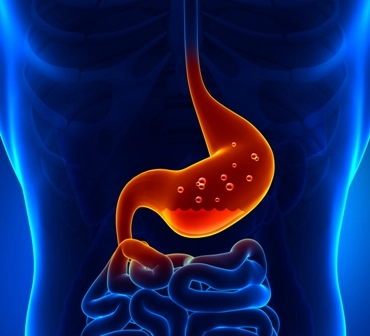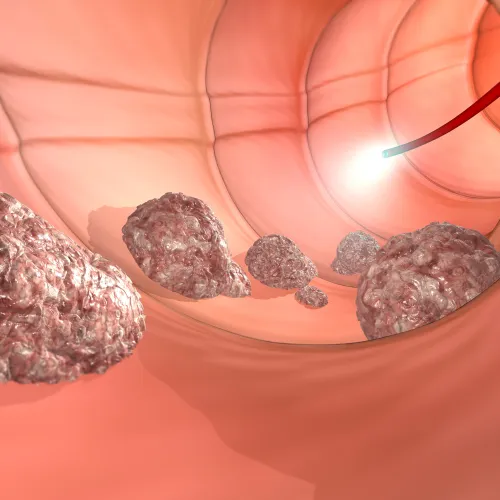Digest the Digestive Track Coding With Proper Understanding of the Conditions
The gastrointestinal system has many organs and related complex functions that it can present some coding challenges. Moving to ICD-10 in October might make some of this easier because codes for diseases and disorders of the digestive system will begin with the letter ‘K’ and will all be complete in their description. You won’t need to include any additional digit to indicate high level of specificity.
Delve Into the Differences and Similarities of the New System
ICD-10 provides categories for gastric ulcer (K25), duodenal ulcer (K26), peptic ulcer, site unspecified (K27), and gastrojejunal ulcer (K28). These breakdowns are very similar to the equivalent categories in ICD-9. In both systems, you have specific codes for acute, chronic, unspecified as acute or chronic (for ulcers without complication), and with and without hemorrhage and/or perforation. And both coding systems include marginal, stomal, and anastomotic ulcer as gastrojejunal.
The difference in coding ulcers lies in the need for an additional fifth digit on all ulcer codes in ICD-9 to denote whether the ulcer occurs with or without obstruction. This is no longer considered an axis of coding for gastrointestinal ulcers in ICD-10 and no code descriptors provide specifics regarding obstruction.
Breathe Easy With Encompassing Code Descriptors
ICD-9 requires the addition of a fifth digit for gastritis and duodenitis codes to specify with or without hemorrhage. Once again, this is different in ICD-10, with gastritis and duodenitis codes including “with” or “without” bleeding in the code descriptors. .
The subcategories provided in ICD-10 for coding particular types of gastritis and duodenitis are:
ICD-9 provides subcategories for gastric mucosal hypertrophy and eosinophilic gastritis, and one combined subcategory for unspecified gastritis and gastroduodenitis. There is no provision in ICD-9 for chronic superficial types.




